Celebrating 20 Years of that Very Special Perpetual Calendar by Glashütte Original
A perpetual calendar for sure, but one that defines the ingenuity of the Saxon brand.
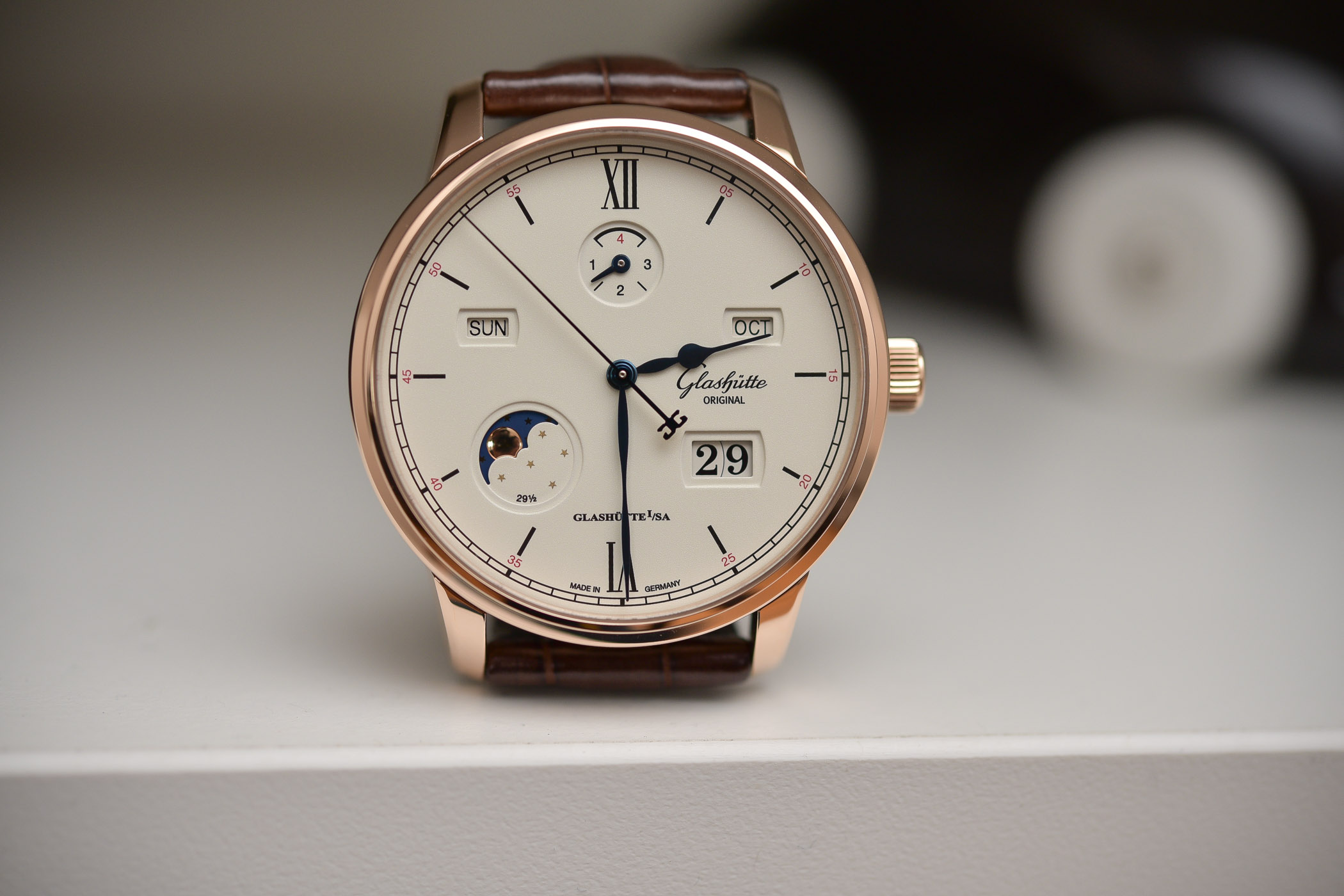
As most of you might know, the perpetual calendar is among the most complex mechanisms that can be implemented in a watch. It is the most advanced type of calendar available, one that needs no adjustments, even during leap years. Having one in your collection is a must for any brand that wants to gain access to the exclusive “Haute Horlogerie” club. But not all perpetual calendars are born equal. Glashütte Original’s perpetual calendar, that has just turned 20, ranks up there as one of the most ingenious and legible of its kind.
What is a perpetual calendar?
QP, for quantième perpetuel, or perpetual calendar, is the ultimate calendar watch. There are multiple ways to display and calculate the date on a watch; the most basic format is the date window that counts 31 days as a standard for every month (meaning that it needs to be self-advanced at the end of months with 30 or 28 days). Then comes the day-date, the triple calendar or the complete calendar, which are basically the same system, just with additional indications. Again, the basic rule is that the movement always calculates months as if they were 31-days long.
Moving up in terms of complexity, the next category is the “annual calendar”, an intermediate mechanism invented by Patek Philippe in the mid-1990s. Ingenious but not overly complex, the idea is that the movement will automatically indicate the right number of days in a month (30 or 31), without the wearer having to adjust anything. The only operation for the wearer occurs at the end of February, as the watch sticks to the 30-31 rule. Still, only one adjustment a year is required.
Finally, there’s THE king of calendars, the perpetual. A perpetual calendar, thanks to an extremely complex mechanism made of wheels, springs and gears, has the ability to indicate the exact date whether the month is 31-days, 30-days or 28-days long. What’s more, it takes into account leap years, with a 29-day long month of February. The only time frames a QP can’t calculate are secular years, which occur every century. In order to compensate a slight advance in the calendar, secular years (which should be leap years, in theory) still have 28 days. All in all, it means that a perpetual calendar watch will indicate the right date for the coming 100 years. And that is quite something to calculate from a watchmaker’s perspective who will have to translate all these calendar indications into gears and wheels.
For more details about the calendar watches, we encourage you to read our in-depth technical article here.
The Glashütte Original Perpetual Calendar, born in 1999
For the past 20 years now, the Saxon manufacture has introduced numerous editions of its great perpetual calendar. Even though the design and mechanics have evolved, the impeccable legibility and the ingenuity of the display have remained constants throughout its first two decades of life.
The Senator Classic Perpetual Calendar was first presented in 1999. It constituted a genuine milestone for Glashütte Original, combining as it did in such an innovative fashion the classic aesthetic of the Senator line, launched two years earlier, with the complex mechanism of the Perpetual Calendar. Framed by a rose gold case, complete with fluted bezel, the Senator Classic Perpetual Calendar presented its calendar displays on a silver dial. And yes, all the elements of this modern icon were already present on the dial. The heart of the watch was operated by the exquisitely finished manufacture Calibre 39-50 with 48 jewels, a 40-hour power reserve, a skeletonized rotor with a 21k gold oscillation weight and swan-neck fine adjustment – all classic elements of GO’s movement decoration. Its successor in rose gold with a flat bezel was launched in 2001 under the name Senator Perpetual Calendar.
The first main update on Glashütte Original’s Perpetual Calendar watch came in 2005, with the introduction of a new movement. The automatic Calibre 100-02 took the place of the Calibre 39-50. In addition to all the calendar functions, the new model boasted not only an extended power reserve of 55 hours but two other innovations in the shape of a convenient reset function and a bi-directional rotor. This next version of the Senator Perpetual Calendar, which included a particularly advanced movement for its time, featured a champagne-coloured theme and an elaborate guilloché dial. Until then and in subsequent years, the product developers at Glashütte Original changed only small details in the design of these watches.
A major stylistic evolution occurred in 2012 with the launch of the new Glashütte Original Senator Perpetual Calendar. Still fitted with the same movement, the much-loved silver dial and the familiar calendar layout, it introduced a completely new look. The case was now made of red gold rather than rose gold, and Roman numerals and a black railroad chapter ring were incorporated. Most eye-catching of all, however, were its blued pear-shaped hands.
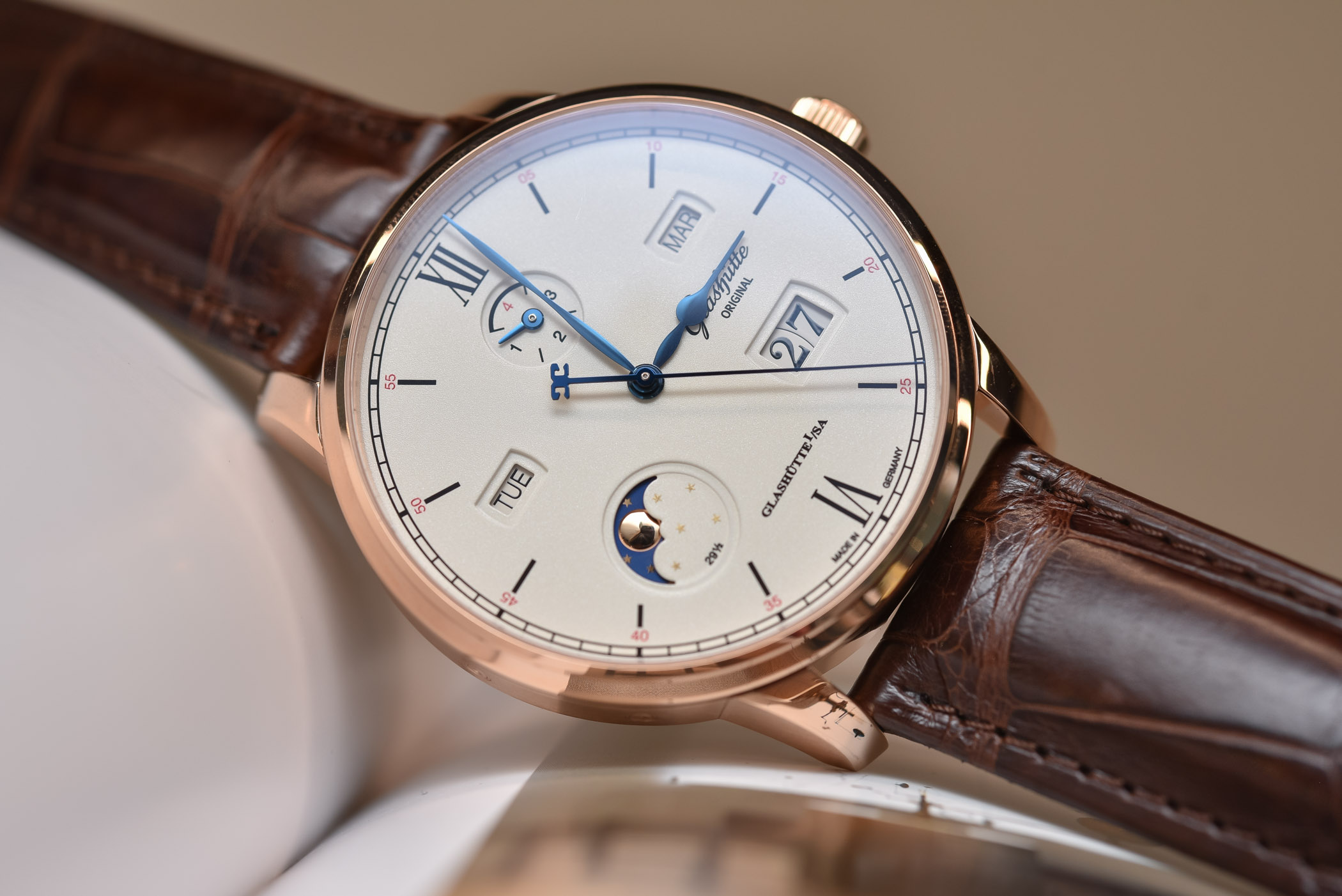
2016 marked the debut of a new era for GO, with the introduction of the Senator Excellence collection, a brand new line-up with a modernized design and, mainly, an entirely new base movement to power an updated perpetual calendar module of the watch launched in 2017. The bezel, which initially had a three-layered design in the 1999 original, appeared notably thinner, making significantly more room for the silver-grainé dial in the 42mm red gold case. The dial, with its eggshell grained surface, was also simplified regarding the tracks and numerals, as well as inaugurating a new leap year display – an auxiliary dial with a scale of 1 to 4 and a counterclockwise rotating hand which provided the clearest possible legibility not only in the accentuated leap year. You can read our review of this watch here, and its openworked evolution here.
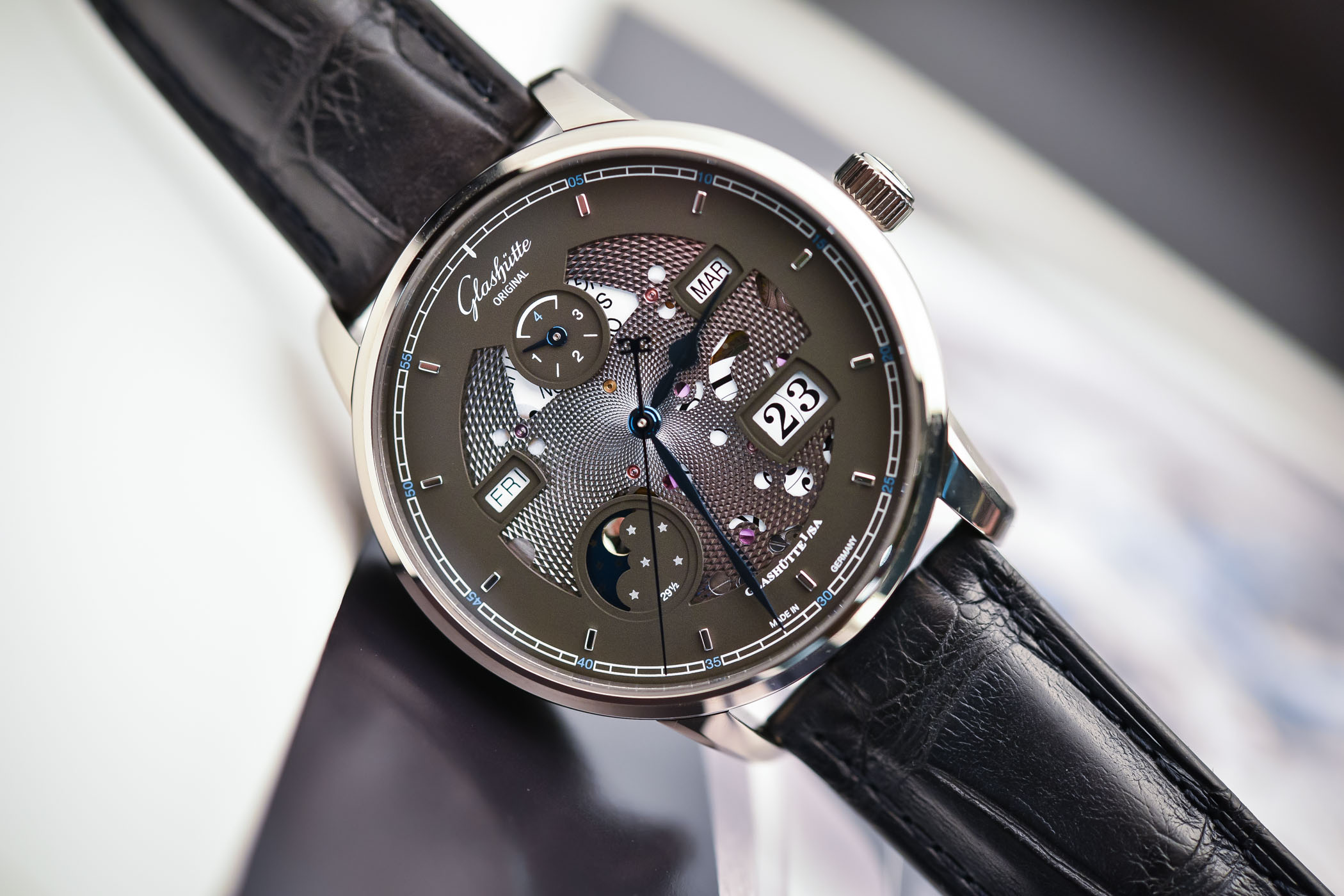
The 2017 Senator Excellence Perpetual Calendar was powered by the Calibre 36 that was launched the year before. This new base movement guaranteed plenty of power with a single spring barrel providing energy for at least 100 hours, and superior precision thanks to its silicon balance spring. Each watch was then submitted to a demanding long-term test and certification to make it a chronometer.
A complex mechanism, but one supremely practical display
While the story of the Glashütte Original Senator Perpetual Calendar extends over two decades, with multiple designs and numerous base movements, one thing has never changed: the QP module and its impressive combination of instant legibility and complexity… Sometimes, achieving a simple result means ingenuity and mechanically advanced devices.
The regular way to create a perpetual calendar is to use three or more sub-dials to indicate the date, the day of the week, the month, the leap year and, quite often, the phases of the moon. Most classical and elegant perpetual calendars rely on this display. And on most of them, these indications are pointed out by hands… Nothing wrong with that and no denying the complexity behind it, but there are other ways to do it. And Glashütte Original’s way is quite special.
From the very beginning, GO decided to split the calendar indications over the dial and, instead of relying on sub-counters with hands and tracks, uses windows to immediately highlight the current calendar indications. While this doesn’t come as a surprise for the date – which had to be displayed in the iconic Panorama Date window with two discs to display the correct date – this window format was also used for the month and the day of the week. Combined this with a moon-phase indication, and you get a QP module with no fewer than five discs that need to be driven by the movement.
Still, the result is impressively minimalistic, perfectly balanced, uncluttered and allows for an immediate consultation of the calendar indications. No need to search for hands, their positions on the sub-dial and the related indication on the track that surrounds it. All the indications on GO’s perpetual calendar are visible at a glance.
What is, however, much more difficult lies in the mechanics and the management of power. While traditional hands running over the dial won’t consume much power – as they are in constant (yet slow) motion – discs are much heavier to advance than a hand and fitted with instantaneous jumps, they need to be pre-charged for up to a month. In fact, on all the watches in the Glashütte Original Senator Perpetual Calendar line-up, from 1999 to today, all three calendar indications displayed by discs jump coincidentally at the end of a month…
For this reason, all the discs need to store a month’s worth of energy, an energy that will then be released at a precise instant. Managing such forces isn’t an easy task and yet, Glashütte Original manages to supply its perpetual calendar with the same power reserve of 100 hours as, for instance, the time-only model in the Senator Excellence collection. And believe us, in terms of watchmaking, this is no small achievement.
Happy 20th anniversary to that special Perpetual Calendar by Glashütte Original!

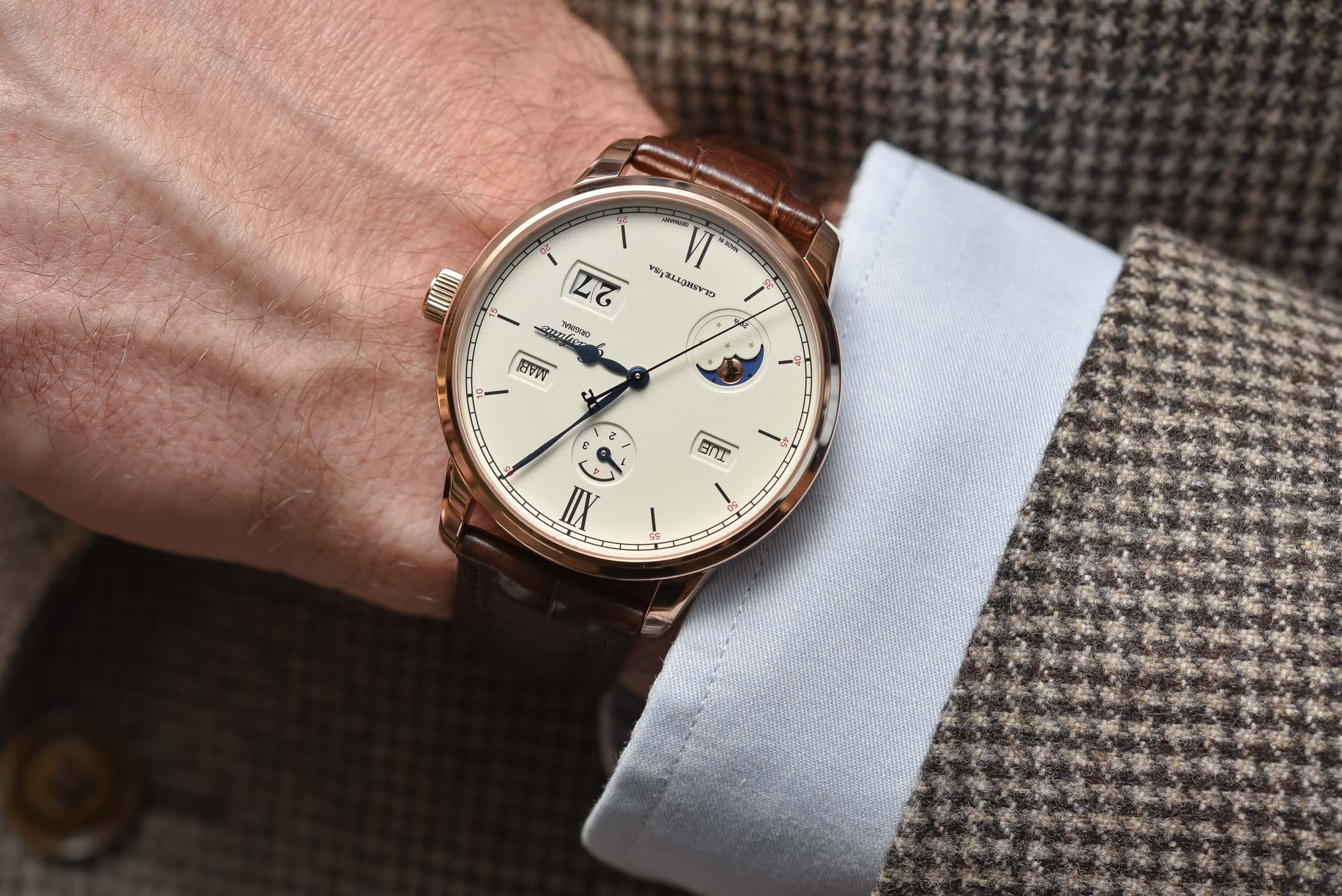

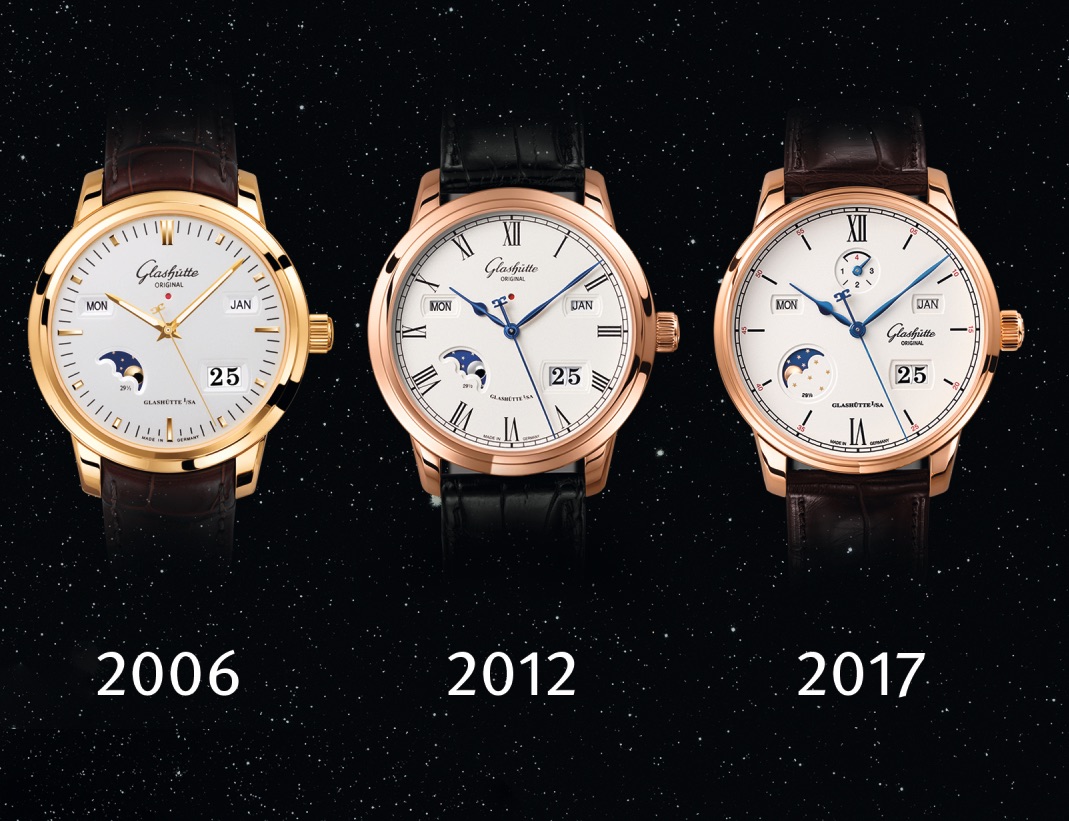

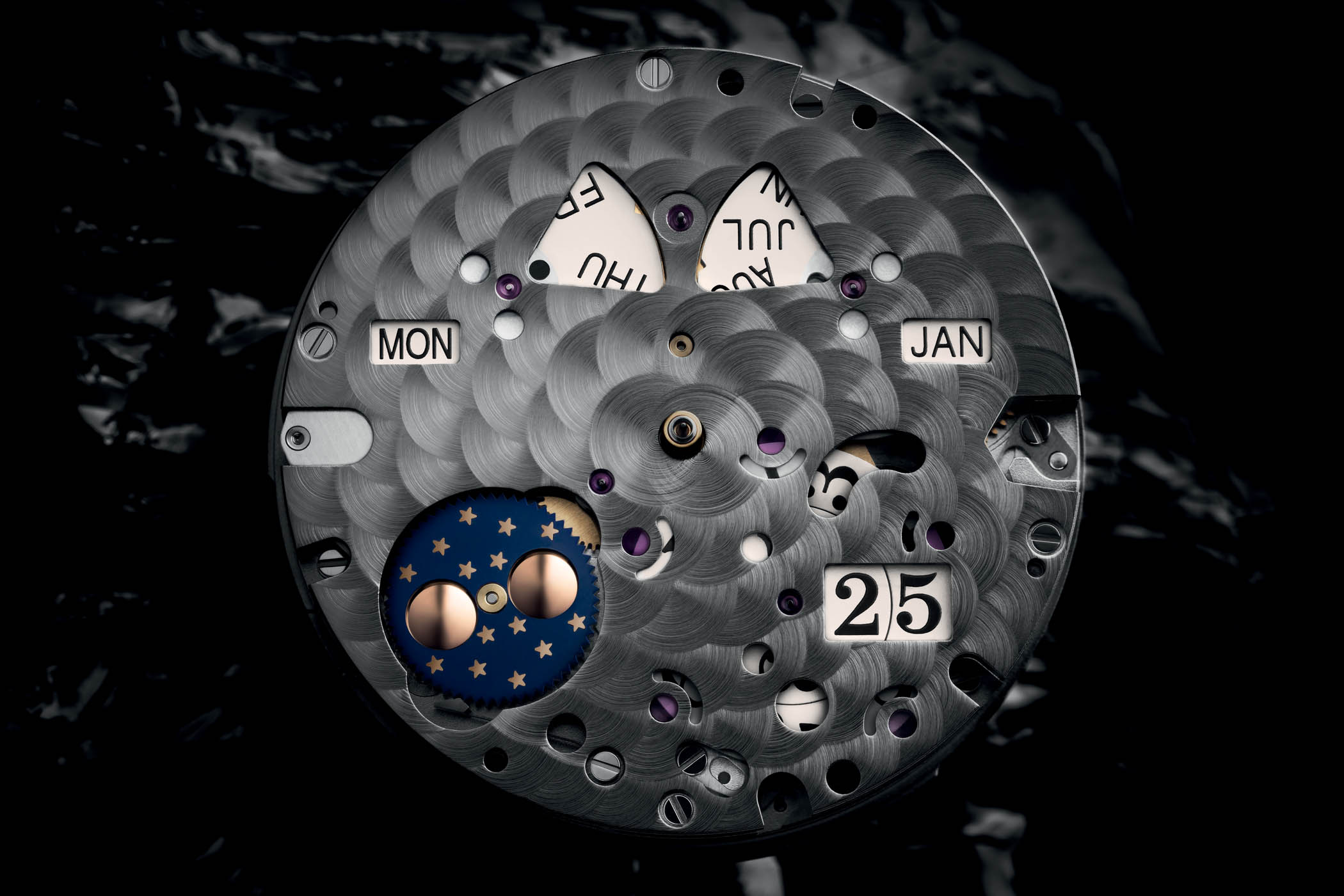
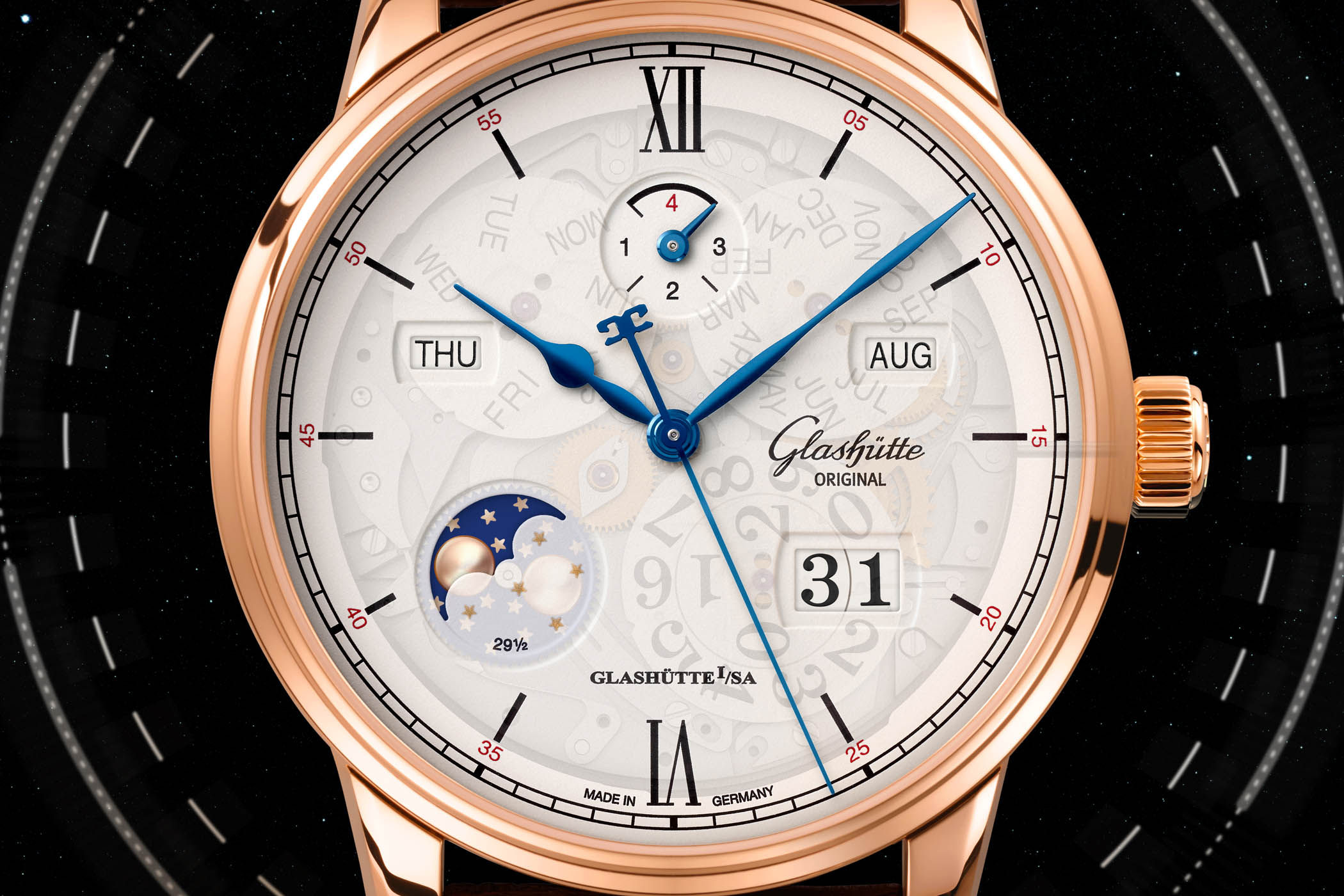



3 responses
Wonderful article Brice. Wonderful.
I’ve already purchased the observer and the senator chronometer after reading reviews on Monochrom and I think there might be a third time soon ????
It’s so amazing to see that the versions kept getting better and bettter every time they were updated. For me the 2012 and 2017 are simply made of dreams with a slight preference to the 2012 with roman numerals and exactly as shown above, with rose gold case and white dial.
Only version i didn’t like is the open work one.
Thanks again Brice. Such a nice thing to read this with morning coffee. For minutes life seems to be problem free and only filled with art, beauty, artistry and luxury. Isn’t this feeling we look after in watches after all?
@JD – thank you VERY MUCH for this comment. This is exactly what makes us continue to do what we do everyday!!!
And agree, this series of QP is really appealing and desirable. The 2012 is great but I have a soft spot for the recent « Excellence » line, with its thin bezel and more contemporary dial… and the movement is also better. To each his own! In any case, great watches.
I would agree the 2012 version is the best; the understated leap year indicator should be kept.